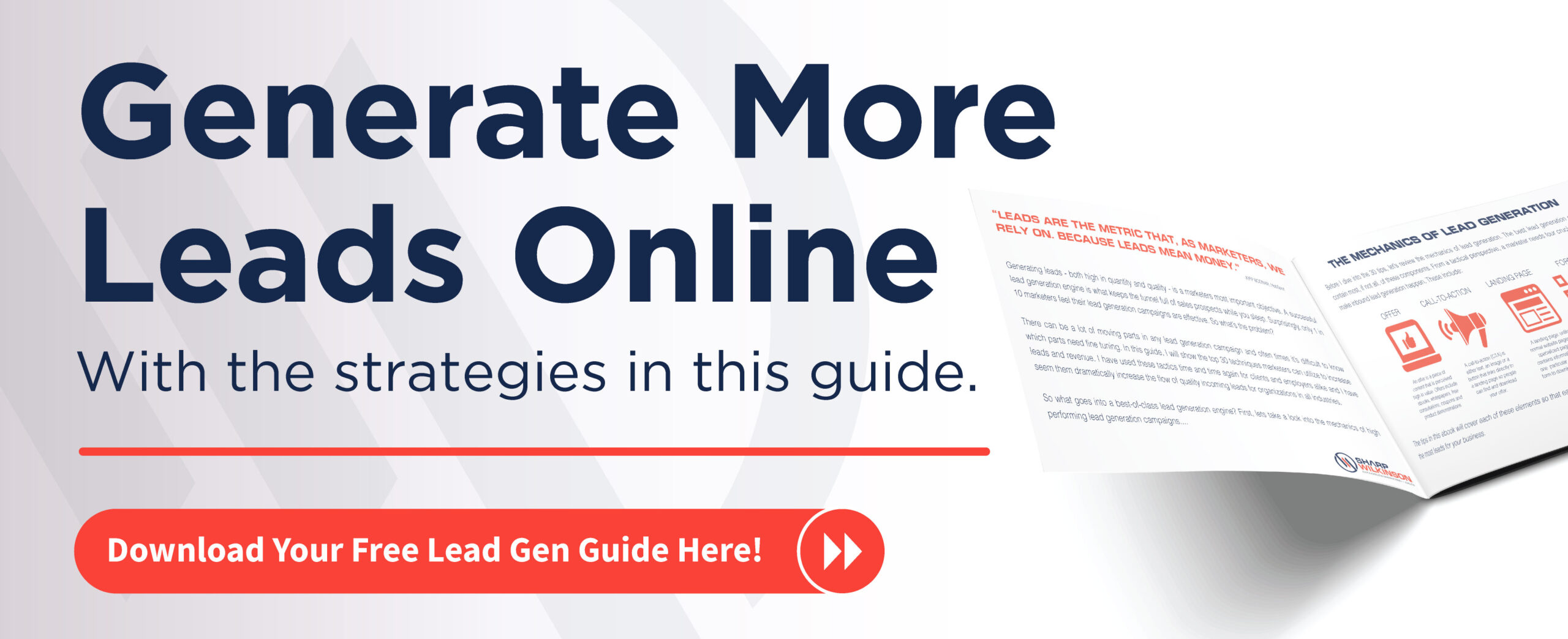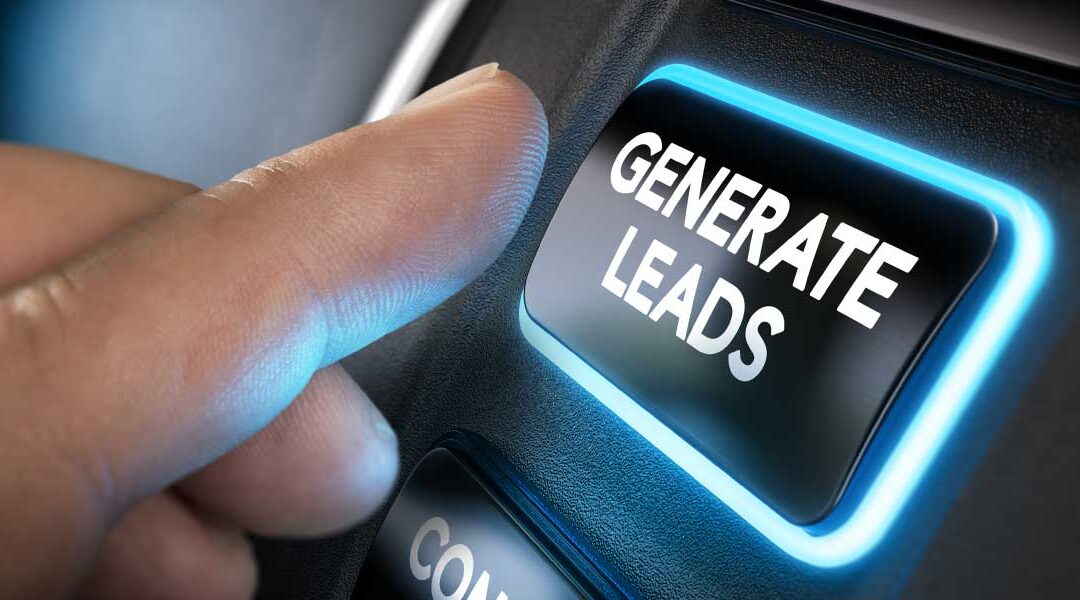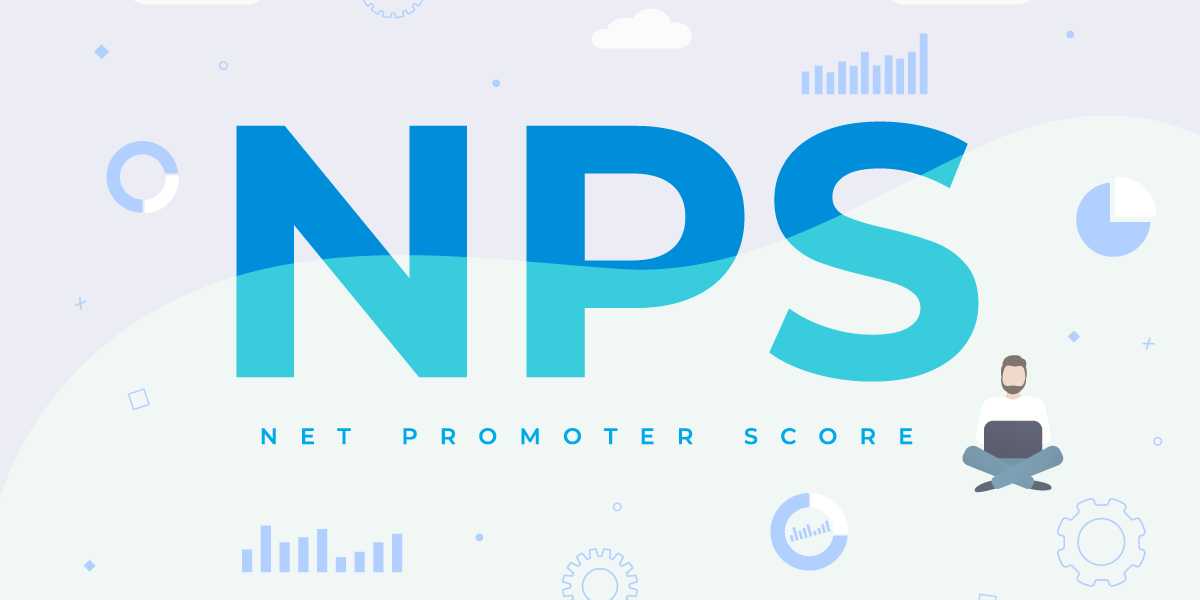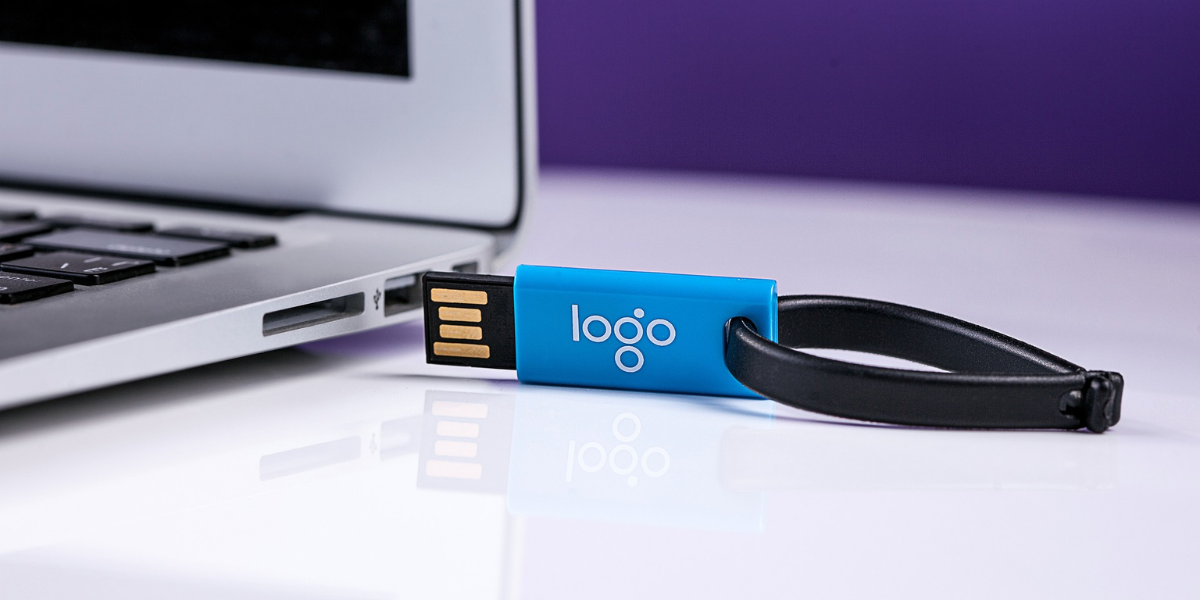The world is full of websites. Some websites are clearly better than others, but how do we evaluate the quality of a website? Obviously, there are a number of characteristics that we can use to evaluate a site. The way it looks, the visual elements, the user experience, the story it tries to tell. And as I am sure most of you know first-hand, we can invest a lot of time and money into developing websites that look amazing, engage visitors, and tell our story in a meaningful way. But is your website generating quality leads for your organization? Because if it’s not, it is very hard to determine the return on investment that you made in your website.
Identifying and segmenting your target audience
To effectively generate leads, one of the very first questions we must answer is “who is our audience?” Here’s the most common answer we get:

The fact is, your audience is made up of many types of people and all of them possess characteristics that set them apart from one another. Furthermore, each of these archetypes have unique goals and face unique challenges that make them respond to messages in distinctively different ways.
Our challenge as marketing and development professionals is to not only identify the different segments within our audience, but to keep each of them top-of-mind as we work to create messages and content that are meaningful and effective.
The best way to face this challenge is by creating personas. What is a persona? A persona is a semi-fictionalized representation of your ideal client based on market research and real data about your existing clients. By using personas we can create marketing assets and strategies which focus on engaging our audience and driving conversions. Personas are created by having conversations with current customers and doing a bit of research online.
So, say you’d like to make some personas of your own, but aren’t sure how where to begin, I have something to help you get started. We’ve created an easy-to-use template that you can use to develop your own awesome personas. You can download this handy tool here.
Developing content
First, let’s define content creation. It’s the process of identifying topics that appeal to your persona and making information about those topics available in a blog, video, eBook, or other format. Content is the value we are bringing to the table with each interaction. For instance, if the only thing we do on our website is tell visitors about our organization and encourage them to buy from us, our results will be sub-optimal. What’s more, we will never fully realize the potential our website has for identifying who our visitors are and why they might be inclined to buy our products or services. By offering them different types of content, we can create awareness, earn their trust, position ourselves as thought leaders, and gain their commitment.
The types of content we create correspond with each stage of our funnel. In this case, our funnel is a visual representation of the lead generation process; the journey a potential client makes from the moment they first become aware they have a problem all the way to the time when they develop into an enthusiastic, engaged customer.
Here’s our lead generation funnel. As you can see, website visitors go in the top and appear at the bottom as happy customers. Easy, right?
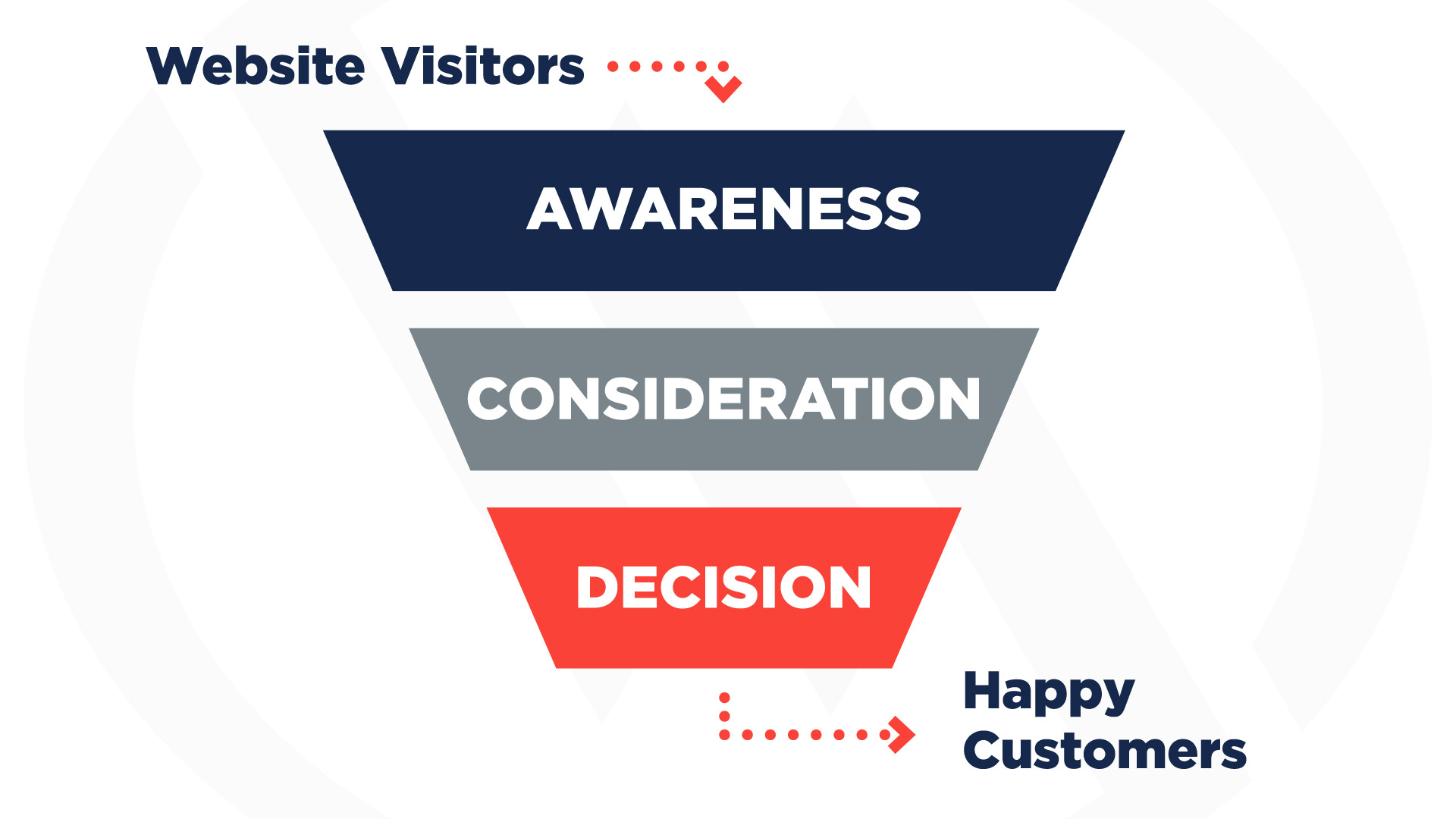
If only it were that simple. As you can imagine, the experiences that each visitor has at each level of the funnel can have a tremendous impact on whether they emerge from the bottom as a client.
In fact, each of the funnel levels represent a stage that every website visitor goes through before we gain their commitment. Having an understanding of these stages, in addition to understanding our personas, enables us to craft impactful, personalized content. It’s this type of high-quality content that moves prospects through the funnel.
Awareness
The first stage of the lead generation funnel is the awareness stage. In the awareness stage, the lead realizes they have a problem.
This is a great stage to address any common misconceptions that may exist about these types of problems, as well as the consequences of inaction on the part of potential supporters. They’re looking for top-level educational content to help direct them to a solution, like blog posts, social content, and e-newsletters. Their value as a lead is low because there’s no guarantee that they’ll buy from you. But those who find your content helpful and interesting may journey on to the next stage of the funnel.
Consideration
The next stage of our lead generation funnel is the consideration stage. In this stage website visitors are researching possible solutions to their problem. They are looking for answers; using your personas, you can anticipate their questions and provide them with the answers they’re looking for.
Show them techniques, tips, and best practices for getting from point A to point B.
Decision
The final stage of our lead generation funnel is the decision stage. In this stage, website visitors are deciding if they want to be your customer. They’re trying to figure out exactly what it will be like to work with you. Here’s where we remove any remaining friction between the visitor and our organization.
Before we’re done talking about content creation, let’s just reviews some ideas for different types of content you can create.
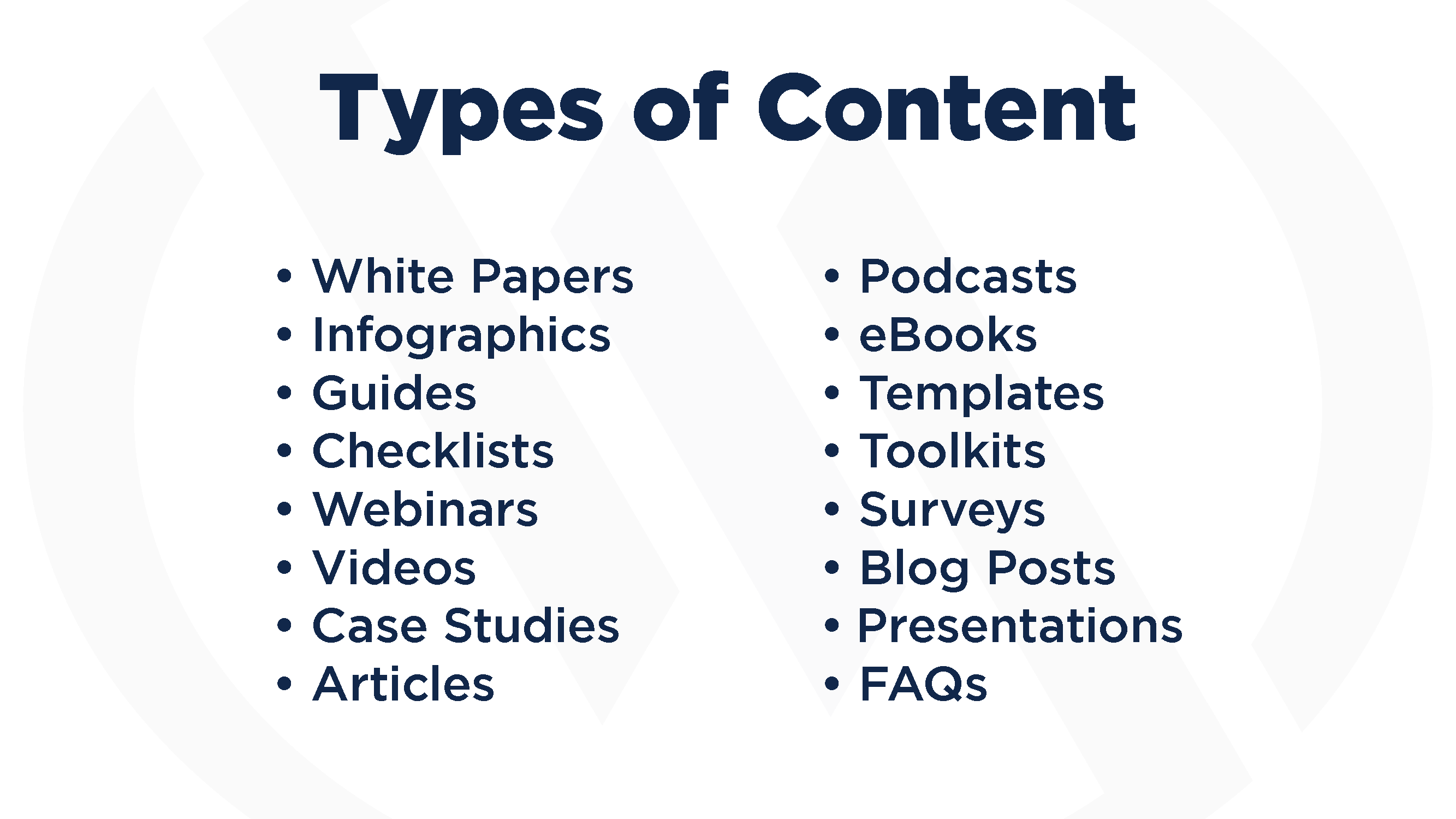
But remember, these are just a few ideas. You are only limited by your imagination, so don’t be afraid to try something new. You might just come up with the next big thing in content marketing.
As you begin to build out your library of content, be sure to share it on social media, feature it in your email marketing campaigns or even support it with some digital ad buys – driving people to your website and onto your different conversion paths.
Capturing Leads
So we’ve got our personas and we’ve used them to create a bunch of killer content. Now it’s time to capture some leads.
To do this, we’re going to need forms. Depending on how your website is built, you can create forms a few different ways. Before we go into that, let’s talk about what web forms are and the best way to use them.
When content is coupled with a form it starts to form a conversion path. There are many tools you can use to deploy webforms on your site.
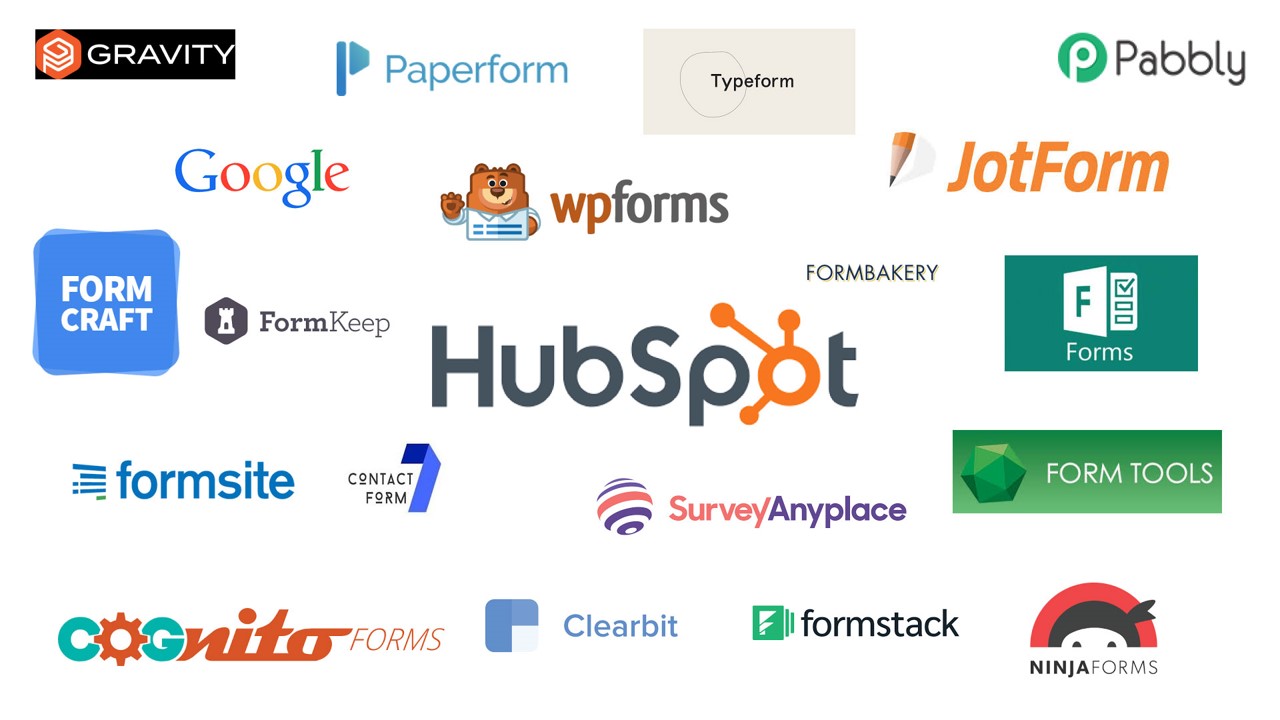
A Webform is a place on your website where visitors enter data or personal information that can then be sent to a server for processing. Websites feature forms for a variety of reasons. For instance, they can be used to complete an online transaction, collect customer satisfaction data, or in this case, to generate leads. These types of forms allow us to collect and manage information easily and efficiently, as they can be embedded right into our website pages, which makes it easy for our visitors to provide their information.
Remember that the goal here isn’t to collect every detail about that person. In fact if your form is too complicated or ask for too much information, you will create friction between the lead generation process and your visitor and chances are good he or she will move along without filling out the form. Keep it simple, make the purpose of your form clear, and provide easy-to-understand instructions in as few words as possible. This will dramatically improve the chances that visitors will fill out your form and your lead generation efforts will be a success.
Good luck!
